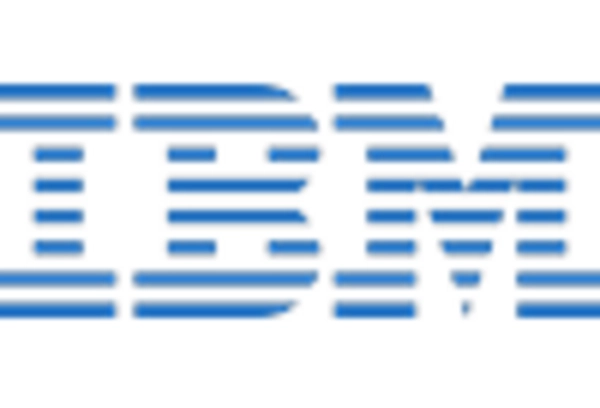Rising Demand for Food Security
The increasing global population necessitates enhanced food production, thereby driving the Artificial Intelligence In Agriculture Market. As the demand for food escalates, farmers are compelled to adopt innovative technologies to optimize crop yields. AI applications, such as predictive analytics and machine learning, enable farmers to make data-driven decisions, improving efficiency and sustainability. According to recent estimates, the agricultural sector must increase food production by approximately 70% by 2050 to meet the needs of the growing population. This urgency propels the integration of AI technologies, which can analyze vast datasets to identify trends and optimize resource allocation, ultimately contributing to food security.
Technological Advancements in AI
The rapid evolution of artificial intelligence technologies significantly influences the Artificial Intelligence In Agriculture Market. Innovations in machine learning, computer vision, and robotics are transforming traditional farming practices. For instance, AI-powered drones and sensors facilitate real-time monitoring of crop health, soil conditions, and weather patterns. These advancements allow for precise interventions, reducing waste and enhancing productivity. The market for AI in agriculture is projected to reach substantial figures, with estimates suggesting a compound annual growth rate of over 25% in the coming years. This growth is indicative of the increasing reliance on technology to address agricultural challenges.
Government Initiatives and Support
Government policies and initiatives play a pivotal role in shaping the Artificial Intelligence In Agriculture Market. Many governments are recognizing the potential of AI to enhance agricultural productivity and are implementing supportive measures, such as funding research and development projects. These initiatives often include grants, subsidies, and tax incentives aimed at encouraging the adoption of AI technologies among farmers. As a result, the market is witnessing increased investment in AI-driven solutions, which are expected to improve efficiency and competitiveness in the agricultural sector. Such governmental support is likely to foster innovation and accelerate the integration of AI in agriculture.
Sustainability and Environmental Concerns
Growing awareness of environmental issues drives the adoption of sustainable practices within the Artificial Intelligence In Agriculture Market. Farmers are increasingly seeking methods to reduce their ecological footprint while maintaining productivity. AI technologies assist in optimizing resource use, such as water and fertilizers, thereby minimizing waste and environmental impact. For example, precision irrigation systems powered by AI can significantly reduce water consumption, which is crucial in regions facing water scarcity. The emphasis on sustainability is likely to propel investments in AI solutions that promote eco-friendly farming practices, aligning agricultural productivity with environmental stewardship.
Increasing Investment in Agri-Tech Startups
The surge in investment towards agri-tech startups is a notable driver of the Artificial Intelligence In Agriculture Market. Venture capitalists and investors are increasingly recognizing the potential of AI to revolutionize agriculture. This influx of capital enables startups to develop innovative solutions that address various agricultural challenges, from crop management to supply chain optimization. Reports indicate that investments in agri-tech have reached billions, reflecting a growing confidence in the sector's future. As these startups introduce cutting-edge technologies, they contribute to the overall growth of the AI market in agriculture, fostering a competitive landscape that benefits farmers and consumers alike.


















Leave a Comment